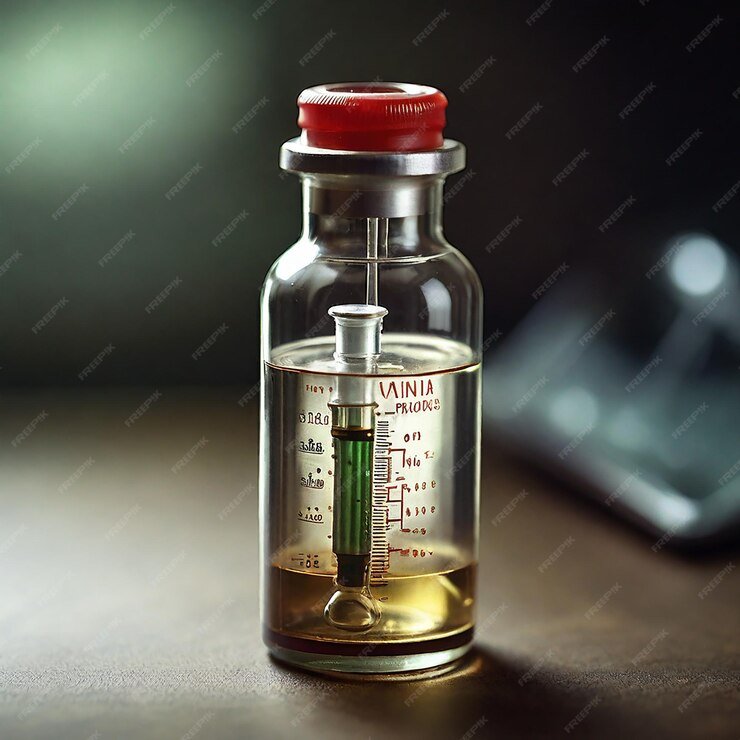Medication conversions are a fundamental skill for any pharmacist, and mastering them is critical for passing the North American Pharmacist Licensure Examination (NAPLEX). One of the common conversions you will encounter is between milliliters (mL) and ounces (oz). Understanding this relationship is essential, not just for the exam, but for real-world clinical applications when calculating dosages, especially in liquid medications.
In this article, we will dive into the specifics of converting mL to oz, explain why this skill is necessary for NAPLEX, and provide examples that will help ensure you are well-prepared.
Why Conversion Skills Are Vital for NAPLEX
As a future pharmacist, you will regularly deal with liquid medications that require precise measurements. Different countries and industries use various units of measurement. In the U.S., volumes are often listed in ounces (oz), while many medical guidelines, drug formulations, and international standards use milliliters (mL). Understanding how to convert between these units ensures that you can administer medications accurately, which is a critical skill on the NAPLEX.
Failing to make accurate conversions can lead to medication errors, which can result in patient harm. Hence, NAPLEX tests pharmacists on their ability to calculate and convert doses accurately. Being proficient in converting mL to oz is a stepping stone to ensuring success in both the exam and your pharmacy practice.
The Basic Conversion: mL to oz
The relationship between milliliters and ounces is straightforward. Here’s the formula you need to know:
1 ounce (oz) = 29.5735 milliliters (mL)
Alternatively, you can use a rounded-off figure for practical calculations:
1 oz ≈ 30 mL
This approximation is often used in everyday pharmacy practice and can simplify mental math. However, for exams like the NAPLEX, it is advisable to stick to the more precise conversion rate unless otherwise instructed.
Step-by-Step Guide for Conversion
To convert milliliters to ounces or vice versa, you can use the following methods:
1. Convert mL to oz
To convert milliliters into ounces, you divide the volume in milliliters by the conversion factor (29.5735):
Formula:
For example: If you have 100 mL of a liquid medication, how many ounces is that?
Solution:
Thus, 100 mL is approximately 3.38 oz.
2. Convert oz to mL
To convert ounces into milliliters, you multiply the volume in ounces by 29.5735:
Formula:
For example: If you have 5 oz of a liquid medication, how many milliliters is that?
Solution:
Thus, 5 oz is approximately 147.87 mL.
Practical Application in Pharmacy
Let’s consider a clinical scenario. Suppose you are working with a prescription that calls for 2 oz of cough syrup to be given every 4 hours. However, the bottle is labeled in milliliters, and you need to measure the dose in mL.
First, convert the 2 oz into milliliters using the formula:
So, you would measure out approximately 59.15 mL for each dose.
This is just one example of how understanding mL to oz conversions can make a difference in real-world pharmacy practice, ensuring that patients receive the correct amount of medication.
Common Scenarios on the NAPLEX
During the NAPLEX, you may be tested on mL to oz conversions in several contexts, such as:
Liquid Doses: Calculating how much liquid medication (like syrups or solutions) to dispense or administer.
Intravenous Solutions: Determining the correct volume for IV bags, which might be measured in mL but referenced in oz.
Compounded Medications: When mixing medications in a compounding pharmacy, precision is essential for patient safety.
The exam may present you with a word problem, for instance:
Question: A patient is prescribed 75 mL of an oral suspension every 6 hours. How many ounces will the patient take per dose?
Solution:
So, the patient will take approximately 2.54 ounces per dose.
Preparing for NAPLEX: Study Tips
Here are some tips to ensure you’re ready for conversion questions on the NAPLEX:
1. Memorize Key Conversions: Familiarize yourself with the conversion factors between common units like mL, oz, grams, and milligrams.
2. Practice Problems: Work through multiple-choice questions and word problems involving mL to oz conversions. There are plenty of practice resources available online and in NAPLEX review books.
3. Understand Rounding: Sometimes, rounding to the nearest tenth or hundredth is required. For NAPLEX, follow the instructions closely to avoid mistakes related to rounding errors.
4. Use Real-World Context: Try to apply conversion scenarios in your internships or while reviewing medication labels in pharmacies. Real-world application helps cement these skills.
Conclusion
Being proficient at converting milliliters (mL) to ounces (oz) is crucial for passing the NAPLEX and excelling in your pharmacy career. This skill is not only useful for the exam but also an essential tool for everyday pharmacy practice, where accuracy is paramount to ensure patient safety. By following the steps outlined in this guide and committing to regular practice, you will be well-prepared to handle any conversion questions that come your way.
